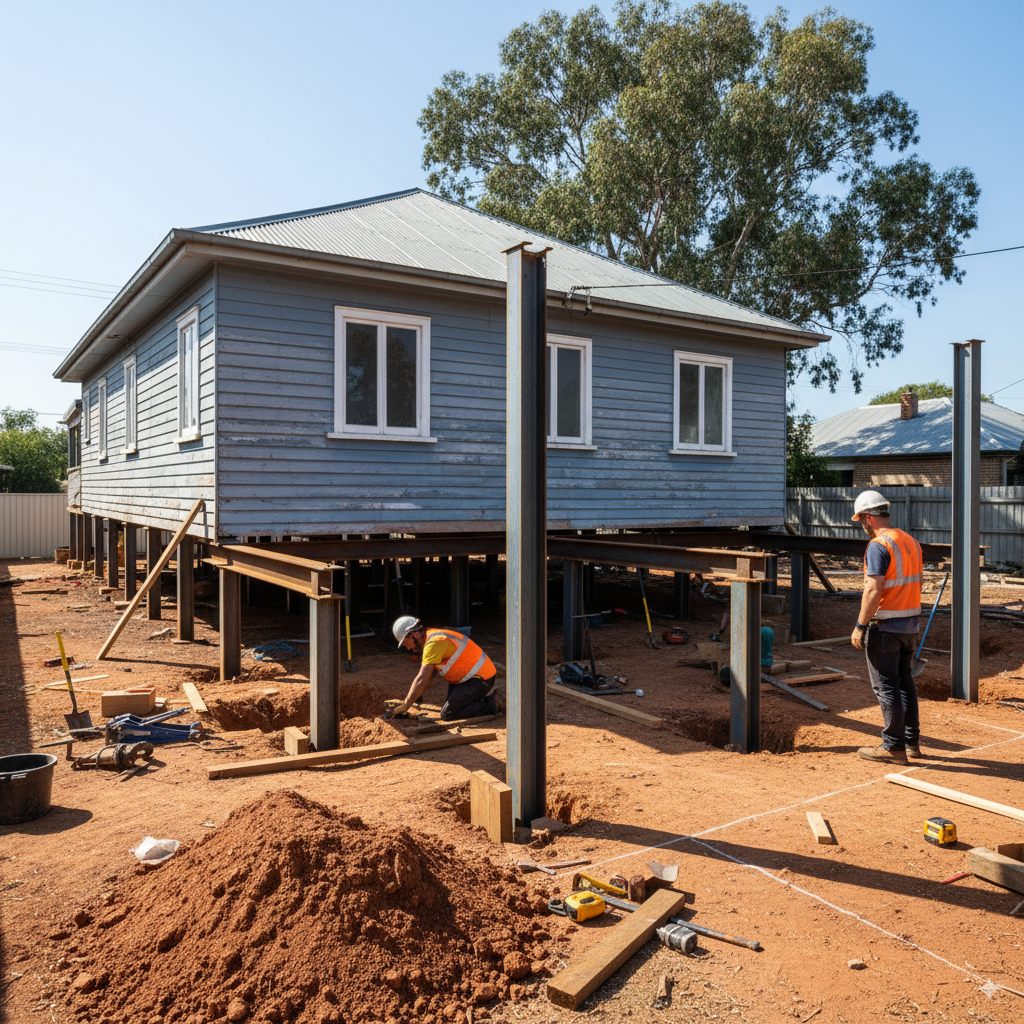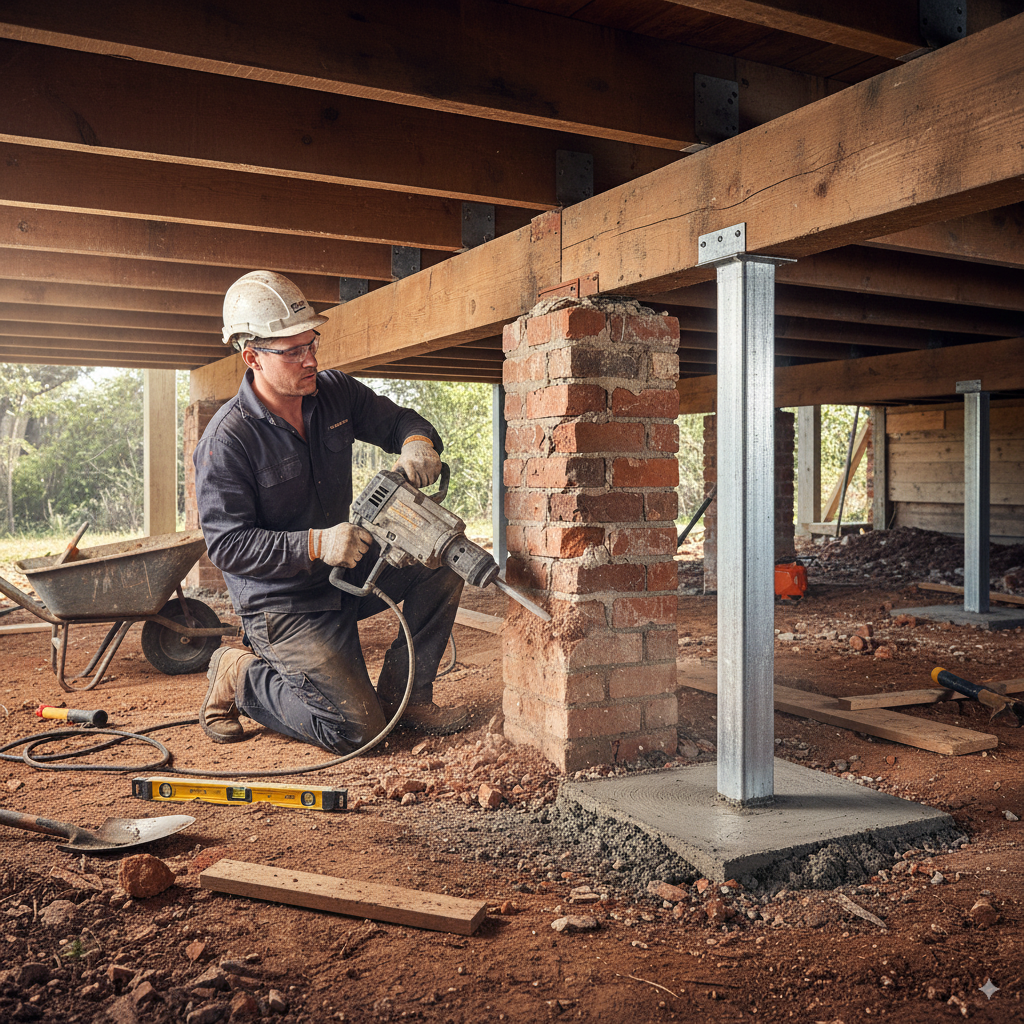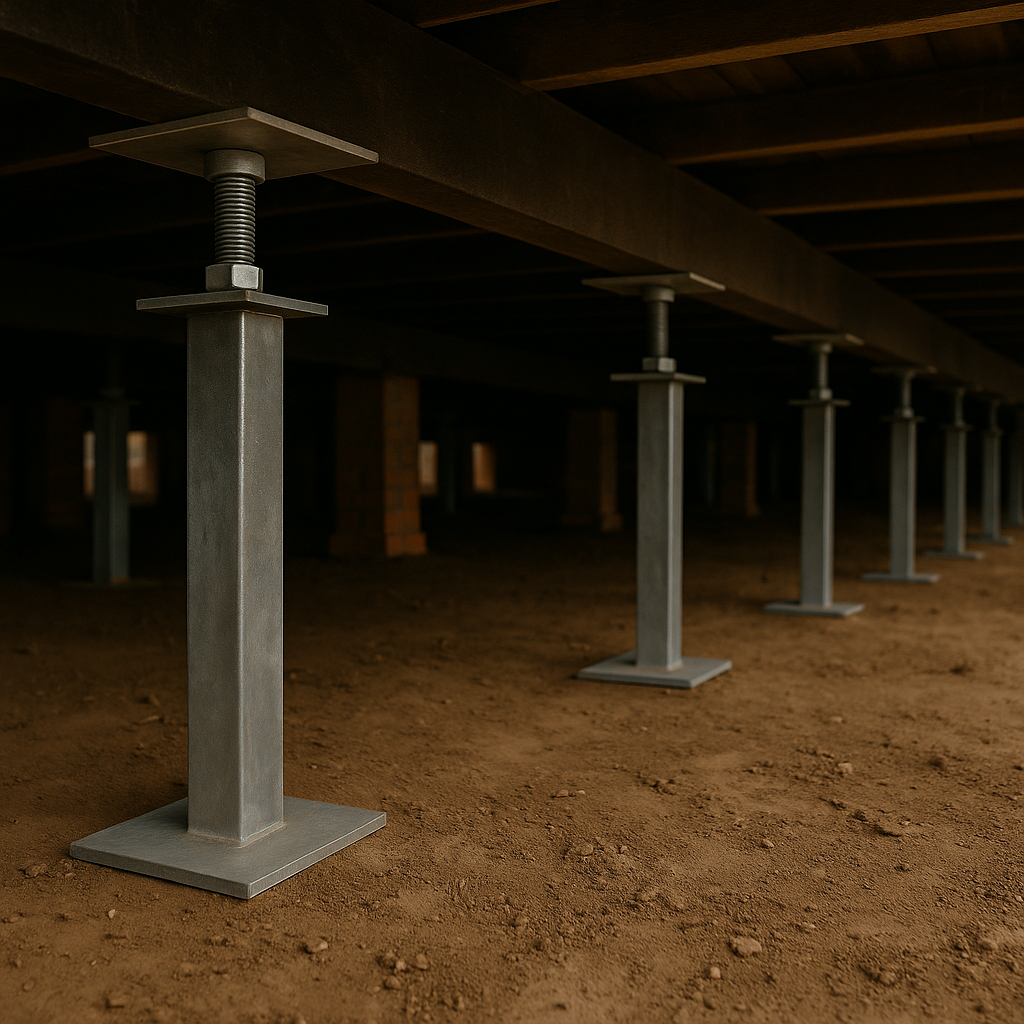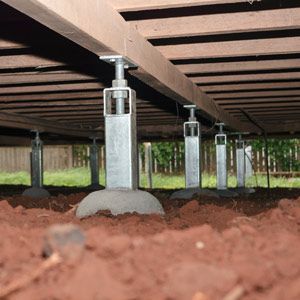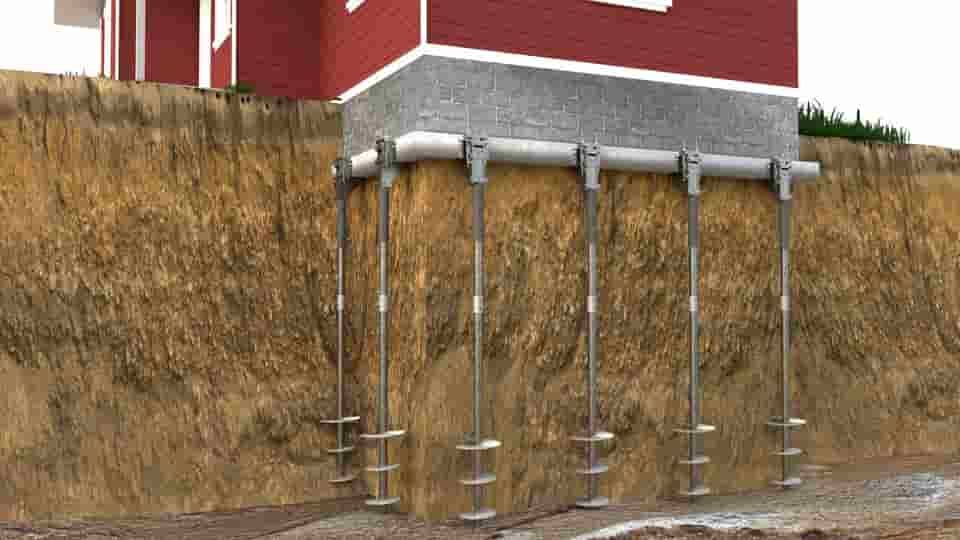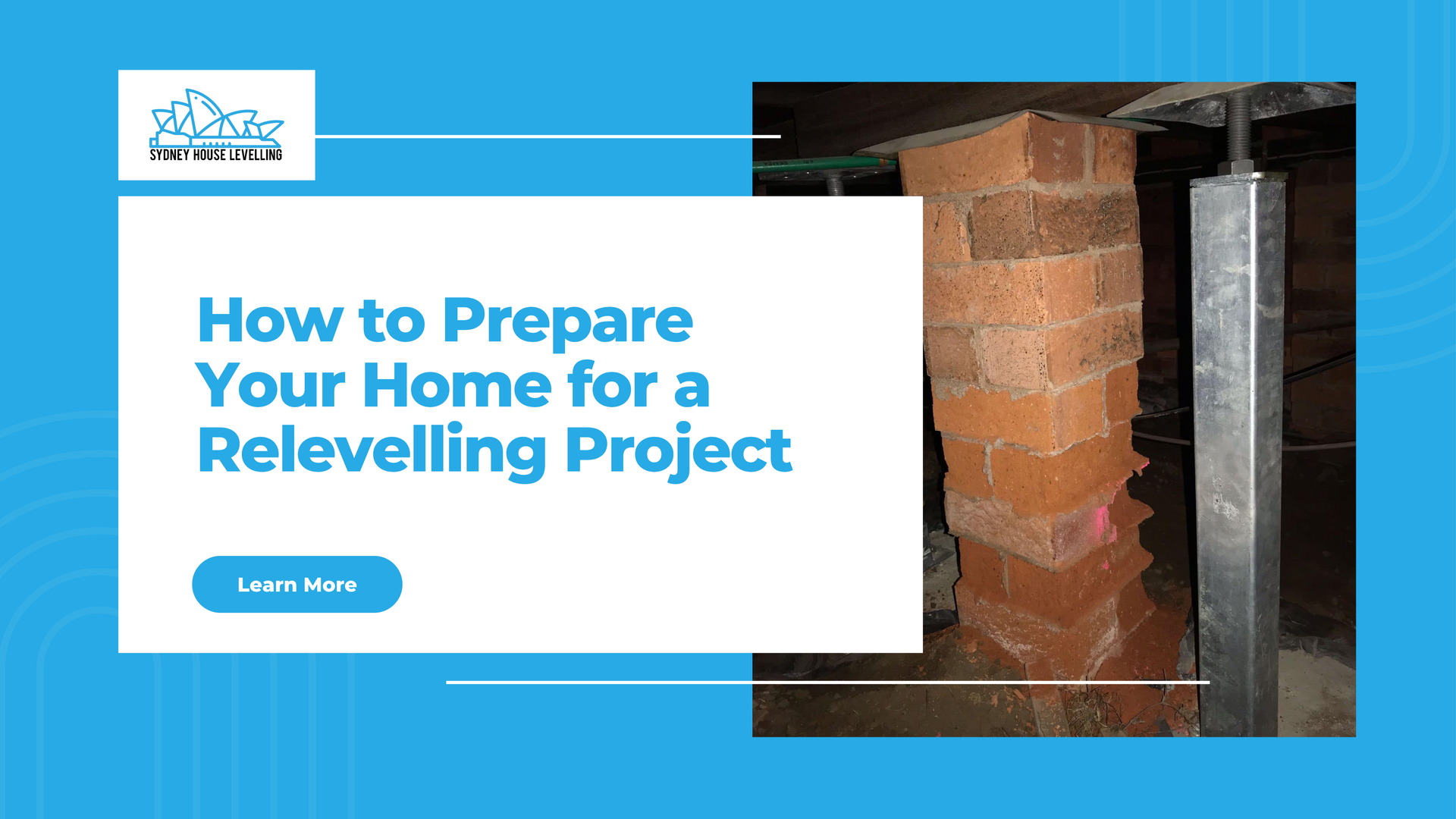5 Signs You Need a House Relevelling in Sydney
Your home’s foundations are what keep it safe, stable and comfortable. Over time, however, the ground beneath Sydney houses can shift due to soil movement, age, water damage or poor construction methods. When this happens, your home may need relevelling—a process that restores the structure to its proper height and stability.
At Sydney House Levelling, we’ve helped homeowners across the city protect their properties with expert foundation solutions. If you’re wondering whether your house needs attention, here are five clear signs it’s time to act.
1. Cracks in Walls and Ceilings
The most common warning sign is cracks that appear in plaster, brickwork or ceilings. Small hairline cracks can be normal, but if they widen over time, run diagonally, or reappear after patching, they often point to foundation movement. In suburbs with reactive clay soils, this is especially common.
What to do: Don’t just patch and paint. Have a foundation expert inspect the problem to confirm whether relevelling is required before the damage spreads.
2. Uneven or Sloping Floors
Do you feel like you’re walking uphill in your own living room? Uneven or sloping floors are a classic symptom of foundation movement. In some Sydney homes, you can even place a ball on the floor and watch it roll by itself.
What to do: Check with a spirit level in multiple rooms. If the slope is obvious, relevelling can restore the floors and prevent further stress on walls, doors and windows.
3. Sticking Doors and Windows
When a house shifts, frames twist slightly, making doors and windows difficult to open or close. You might notice doors that don’t latch properly or windows that scrape their frames.
What to do: If planing or adjustments don’t solve it, the problem is likely structural. Relevelling corrects the alignment and restores smooth operation.
4. Gaps Around Skirting and Cornices
Foundation movement often shows up as gaps where walls meet floors or ceilings. Skirting boards pulling away, cornices separating from ceilings, or gaps that appear around built-in furniture are all red flags.
What to do: Take note of the size and progression of gaps. If they grow over time, it’s a strong sign your house is shifting and needs relevelling.
5. Water Pooling Around the Home
Sydney’s heavy rainfall can cause drainage issues that wash away soil supporting your home’s foundations. If you see water pooling around the base of your house, or notice damp soil lingering long after rain, it can accelerate settlement.
What to do: Fixing drainage is important, but once the foundation has shifted, only professional relevelling can return the house to a safe and stable position.
Why House Relevelling Matters
Ignoring foundation problems doesn’t make them go away—they almost always get worse, and more expensive, over time. Early intervention protects your investment, ensures safety, and restores comfort. Whether you live in an older Sydney property or a newer home affected by soil movement, relevelling is the proven solution.
Protecting Your Sydney Home
At Sydney House Levelling, we specialise in diagnosing and correcting foundation issues with professional house relevelling services. Our team has the equipment and expertise to restore your home’s stability and give you peace of mind.
If you’ve noticed any of these five signs, don’t wait until the damage escalates. Call us today on +61 478 566 483 or visit us at Unit 8/14 Loyalty Rd, North Rocks NSW 2151 to arrange an inspection.
FAQs
What causes the need for house relevelling in Sydney?
Most issues are caused by soil movement, water damage, poor drainage, tree roots, or the natural settling of older homes.
How long does house relevelling take?
The timeframe depends on the size of the home and the severity of movement, but most projects can be completed in days rather than weeks.
Is house relevelling expensive?
Costs vary, but addressing the problem early is always more affordable than waiting until structural damage worsens.
Can I live in my home during relevelling?
In many cases, yes. The process is designed to minimise disruption, and we’ll advise you during the inspection stage.
Will relevelling stop cracks from reappearing?
Relevelling addresses the cause of cracks—foundation movement. Once the house is stable, repairs to walls and finishes are far more likely to last.

